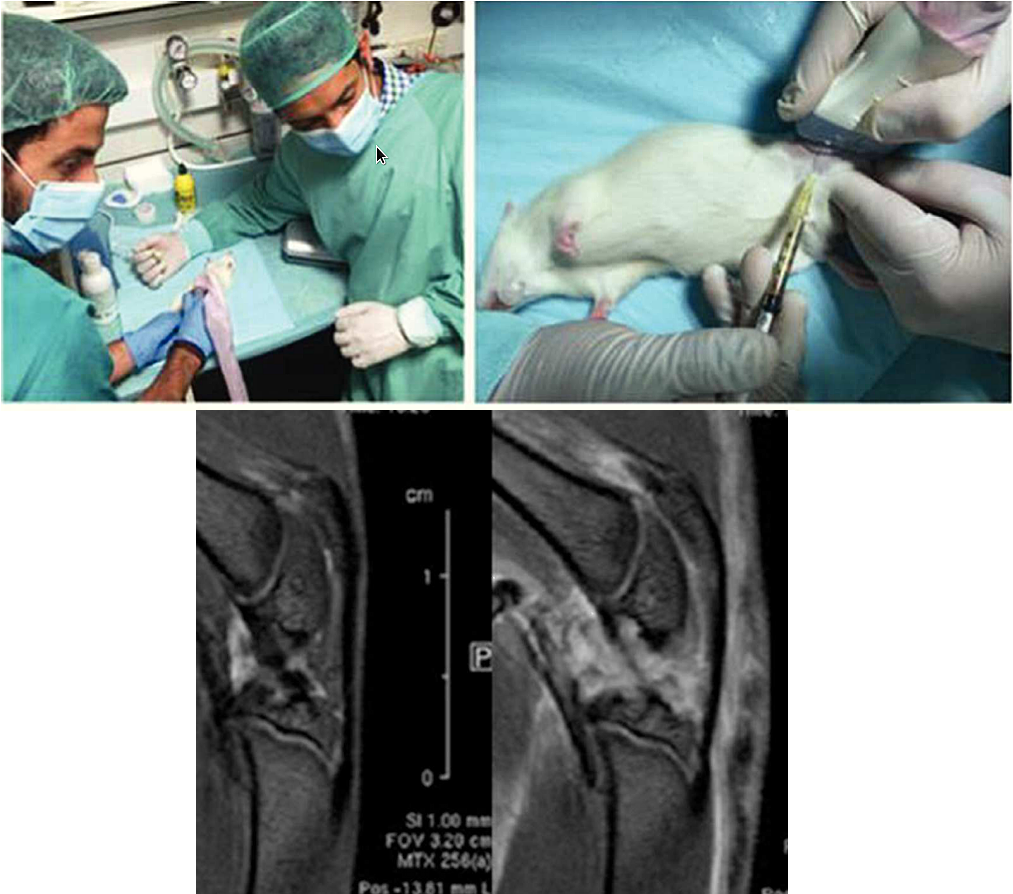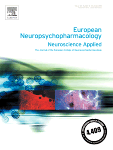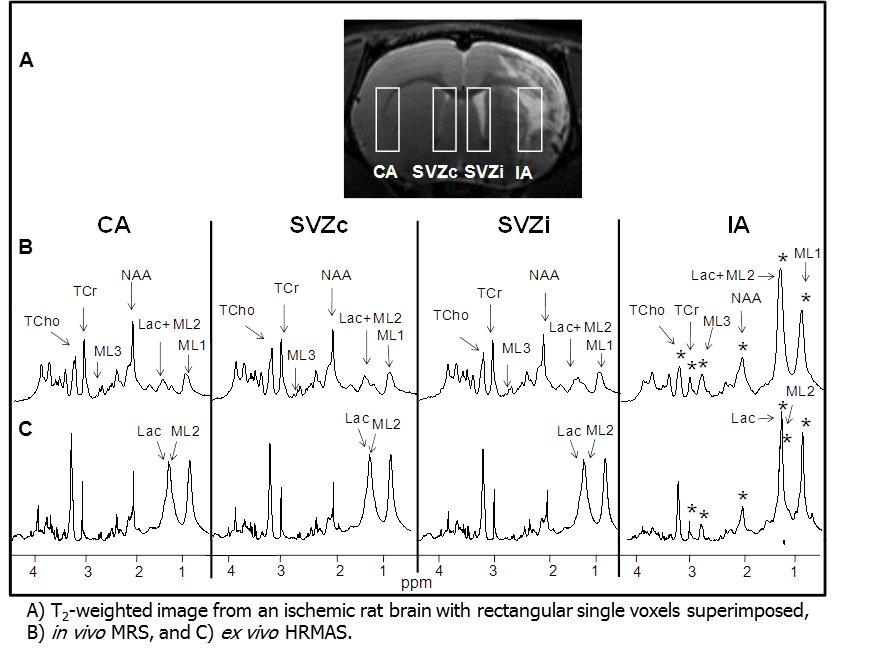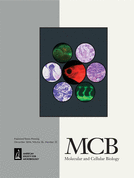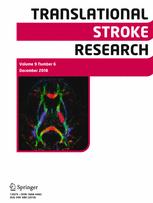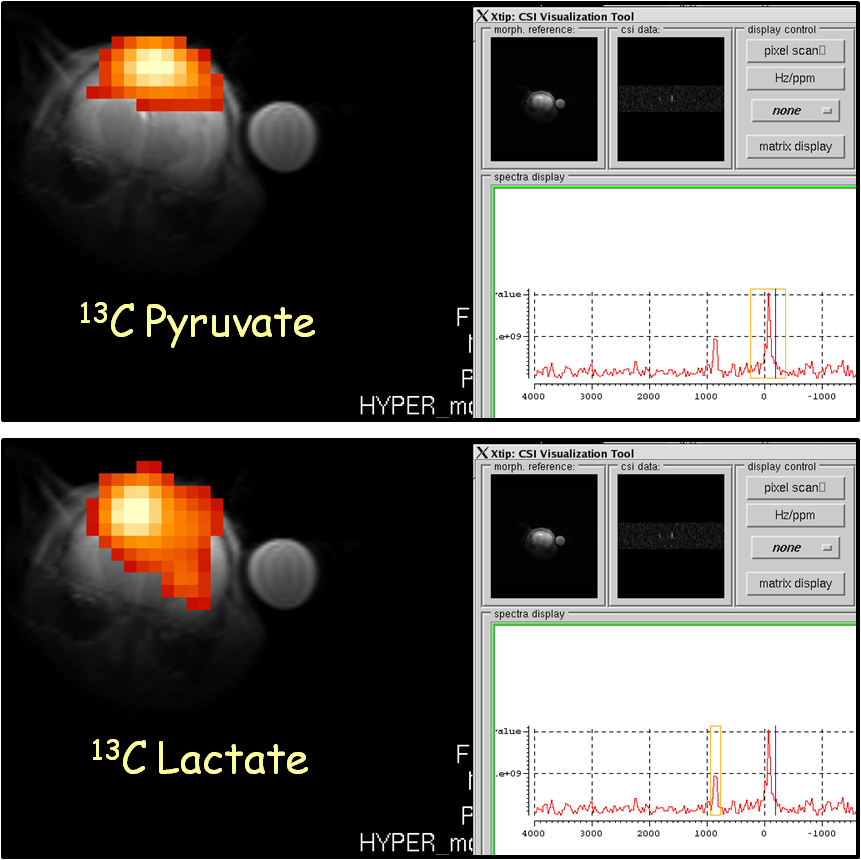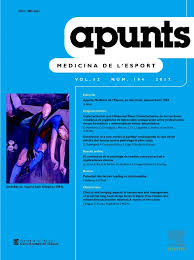 “Generation of a new model of patellar tendinopathy in rats which mimics the human sports pathology: A pilot study” by David Domínguez, Paola Contreras-Muñoz, Silvia Lope, Gil Rodas, G. and Mario Marotta. Apunts. Medicina de l’Esport, 2017, 52:194, 53-59. DOI: 10.1016/j.apunts.2017.01.002
“Generation of a new model of patellar tendinopathy in rats which mimics the human sports pathology: A pilot study” by David Domínguez, Paola Contreras-Muñoz, Silvia Lope, Gil Rodas, G. and Mario Marotta. Apunts. Medicina de l’Esport, 2017, 52:194, 53-59. DOI: 10.1016/j.apunts.2017.01.002
Introduction: Patellar tendon pathophysiology is not still fully understood. The collection of clinical samples from athletes that could permit the analysis of the tendinopathy progression, especially in the early stages, is difficult. For that reason, the purpose of this study is to develop a new experimental animal model of patellar tendinopathy in rats which mimics the human tendinopathy by in vivo intratendinous collagenase injection in the proximal portion of the patellar tendon. Material and methods: The experimental model used was 8-week-old male Wistar rats (N = 4). The administration of collagenase was performed by ultrasound-guided puncture at the level of the proximal and deep portion of the patellar tendon in anesthetized animals. The tendon lesion was evaluated 48 h after injury by magnetic resonance and then, the animals were euthanized and the patellar tendons were collected for histological evaluation. Results: The collagenase-induced lesion model demonstrated important similarities with the human patellar tendinopathy in the region of the proximal insertion. Conclusions: The experimental model of patellar tendinopathy in rat model induces a degeneration and distortion of the patellar tendon architecture in its proximal portion, which closely mimics to that seen in human patellar tendinopathy, and could represent an excellent preclinical model for the study of new therapies focused on treatment of tendinopathy.
